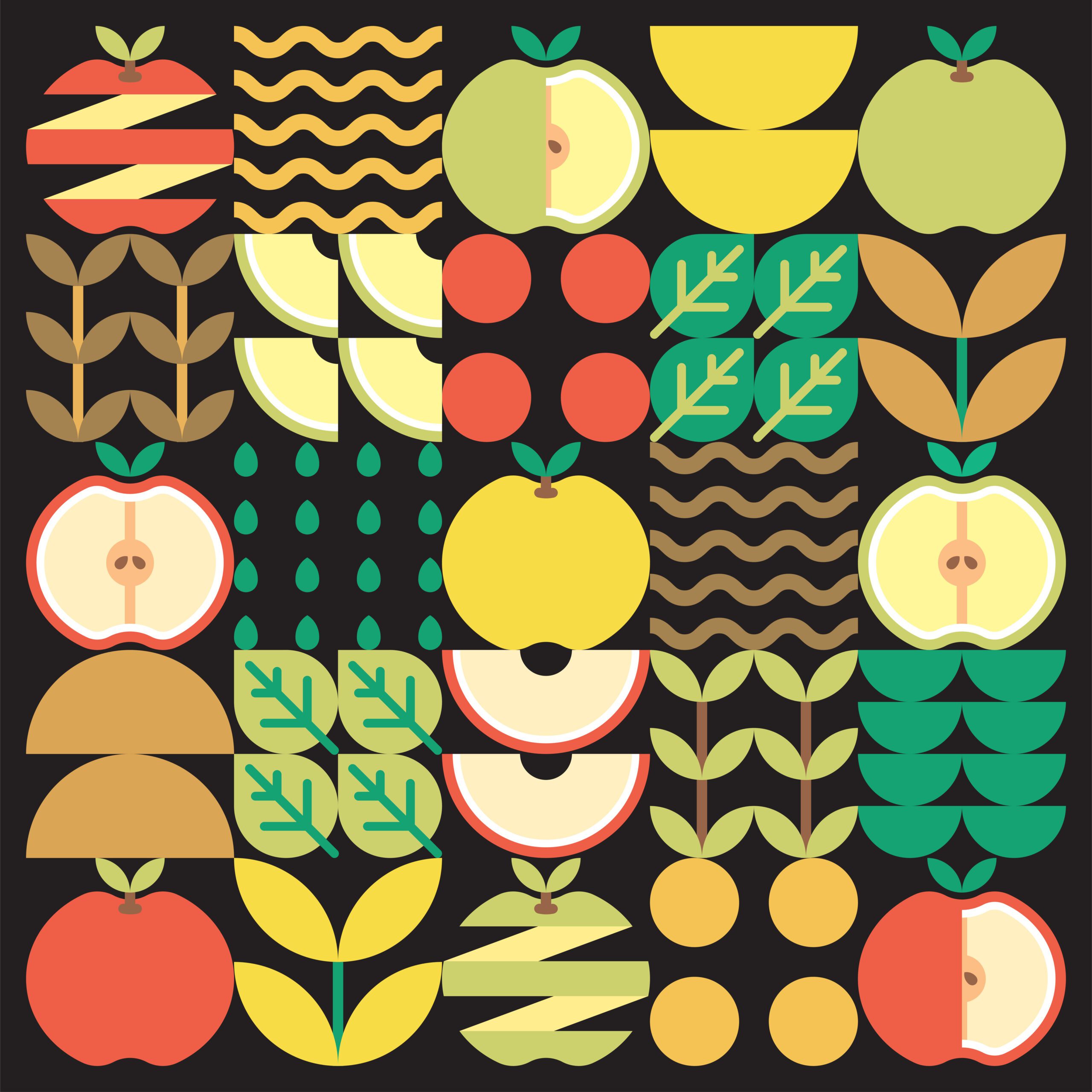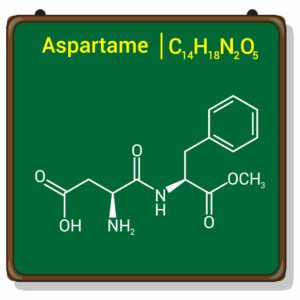The Food Movement You Should Be Following
May 9, 2017
 800
800 
If you are like most people, you are looking for a way to stay healthy and maintain a desirable weight. But you might not know all the foods you should be eating to do just that. One food movement that has evolved to help people understand the importance of healthy eating, thanks to people such as chef Alice Waters, is the “Eat Local” movement. This is a movement that requires that you eat “real food.” So, what is this popular food movement and the “real food” it requires? Keep reading to find out all the details . . .
What is real food?
Most people have no idea about the many chemicals and preservatives that are found in the food they eat every day. These chemicals include those that are not only harmful for a dieter, but also harmful for anyone who is concerned with their health. Real food is food that is all-natural and chemical- and preservative-free. It includes foods such as fresh vegetables, meats, fish and whole grains that are natural, not made in a factory setting and do not contain additives and preservatives.
Your stressful, busy life has likely made you seek convenience, especially when it comes to food. A majority of Americans eat snacks, dinners and other meals that are not comprised of real food, but foods that are so filled with preservatives that they hardly qualify as a food.
So what can you do when you’re surrounded by unhealthy, non-natural food choices? A movement that has spawned a lot of followers looking for a healthier way of life is the “Eat Local” movement. This way of eating not only encourages you to eat real foods, but also to grow fruits and vegetables for your own consumption. The Eat Local movement also includes eating foods that you prepare at home instead of eating out.
So – what about dining out?
It’s no surprise that most restaurants do not include real food on their menus. Even so-called “healthy foods” in restaurants are often loaded with preservatives. In order to save money, restaurants purchase foods in bulk. This is especially true of fast food restaurants. Salads and other foods that you see on the menu in fast food restaurants may seem like a good idea because they are low in calories and fat, but are loaded with the chemicals and preservatives that make it possible to mass market these foods. When it comes to health, these foods are anything but.
Real Food for Better Health
If you join the Eat Local food movement, you will not only discover how real foods can provide you with essential vitamins and minerals you are most likely lacking, but also how to prepare recipes using real foods. The more you get into this movement, the more you will learn how to recognize the difference between real foods and non-real foods. Not only that, but your health is going to improve from day one.
With more essential vitamins, and fewer chemicals, additives and preservatives, the Eat Local movement is one that you should be following. So don’t delay – start today!

A new study suggests that a widely used sugar substitute found in diet sodas, chewing gum, and low-sugar yogurt may elevate insulin levels. This could increase the long-term risk of heart disease. “Artificial sweeteners have infiltrated nearly all types of food, making it crucial to understand their long-term health effects,” said Yihai Cao, senior author […]

Diet Coke has long been a fan-favorite among soda lovers who want a fizzy, guilt-free alternative to traditional soft drinks. While its zero-calorie, zero-sugar label makes it seem like a healthier option, the reality is far more concerning. Despite its undeniable popularity, Diet Coke’s nutritional profile has raised red flags among health experts for years. […]

New study shows that embracing an anti-inflammatory, plant-forward diet can support cognitive function and help reduce the risk of dementia. What You Eat Shapes Your Brain The food you eat doesn’t just impact your body—it also affects your brain. Research suggests that eating an anti-inflammatory, plant-based diet can help improve memory, focus, and overall brain […]